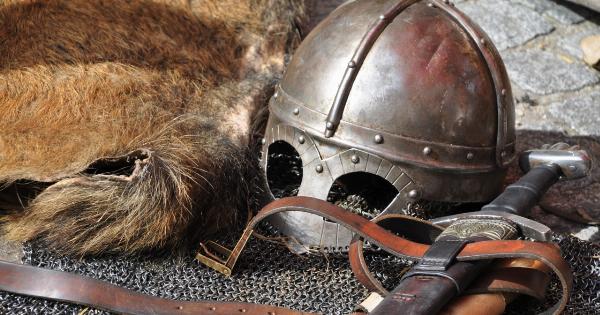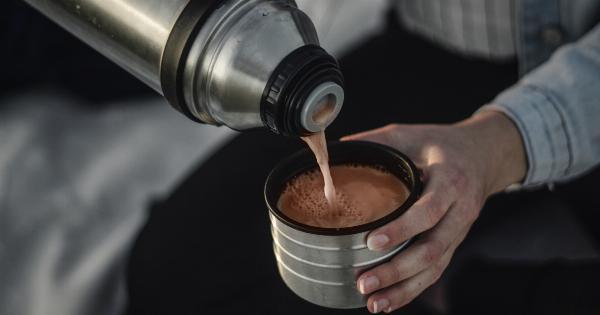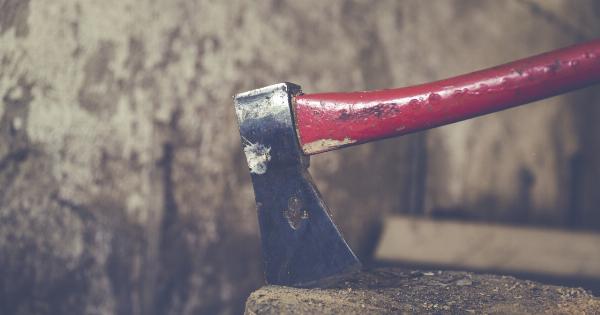Iron is an essential mineral that plays a crucial role in many bodily functions.
It is responsible for transporting oxygen throughout the body and is a key component of hemoglobin, the protein in red blood cells that carries oxygen from the lungs to other tissues. Iron is also involved in energy metabolism, immune function, and cognitive development. It is particularly important for pregnant women, growing children, and individuals with increased iron needs.
Symptoms of Iron Deficiency
Iron deficiency is one of the most common nutritional deficiencies worldwide.
Insufficient iron levels can lead to a condition called iron deficiency anemia, characterized by fatigue, weakness, pale skin, shortness of breath, dizziness, and difficulty concentrating. If left untreated, iron deficiency anemia can negatively impact overall health and wellbeing. That’s why it is vital to ensure an adequate intake of iron-rich foods on a regular basis.
Top Sources of Dietary Iron
Iron can be obtained from both animal and plant-based sources. The body absorbs iron more efficiently from animal sources, while plant-based iron is less readily available.
However, combining plant-based iron sources with vitamin C-rich foods can significantly enhance iron absorption. Here are some of the top sources of dietary iron:.
1. Red Meat
Red meat, particularly beef and lamb, is renowned for its high iron content. It provides heme iron, which is highly bioavailable and easily absorbed by the body. Including lean cuts of red meat in your diet can help boost your iron levels.
2. Organ Meats
Organ meats, such as liver and kidney, are incredibly rich in iron. They are also packed with various nutrients like vitamins A, B12, and folate. However, due to their high cholesterol content, it is essential to consume them in moderation.
3. Poultry
Poultry, including chicken and turkey, is an excellent source of iron. Opt for skinless cuts to reduce the intake of saturated fat. Dark meat tends to have a higher iron content compared to white meat.
4. Seafood
Seafood, such as oysters, clams, and mussels, is not only rich in iron but also provides other essential nutrients like omega-3 fatty acids and zinc. Including seafood in your diet can help ensure an adequate intake of iron.
5. Legumes
Legumes, such as lentils, chickpeas, and beans, are an excellent plant-based source of iron. They are also high in fiber and protein, making them a nutritious addition to any diet.
To enhance iron absorption, consume legumes alongside vitamin C-rich foods like citrus fruits or tomatoes.
6. Tofu
Tofu, made from soybeans, is a versatile and popular vegetarian protein source. It is also a good source of iron, particularly if it has been fortified. Incorporate tofu into your meals to increase your iron intake.
7. Spinach
Spinach is a nutrient-dense green leafy vegetable that is packed with iron. Despite its high iron content, the absorption of iron from spinach is lower compared to animal sources.
However, pairing spinach with vitamin C-rich foods can enhance iron absorption.
8. Quinoa
Quinoa is a gluten-free grain that is not only rich in iron but also provides complete protein. Incorporating quinoa into your meals is an excellent way to increase your iron intake and add variety to your diet.
9. Seeds and Nuts
Seeds and nuts, such as pumpkin seeds, sesame seeds, and cashews, are not only delicious but also rich in iron. Snacking on these nutrient-dense foods can help boost your iron levels.
10. Dark Chocolate
Yes, you read it right! Dark chocolate, specifically the one with a high percentage of cocoa, contains a significant amount of iron. Indulging in a small portion of dark chocolate can be a tasty way to increase your iron intake.
Tips for Enhancing Iron Absorption
In addition to incorporating iron-rich foods into your diet, there are a few tips you can follow to enhance iron absorption:.
1. Pair Iron-Rich Foods with Vitamin C
Consuming foods rich in vitamin C alongside iron-rich foods can improve the absorption of non-heme iron. Add citrus fruits, bell peppers, tomatoes, or strawberries to your meals to enhance iron absorption.
2. Avoid Consuming Iron and Calcium Together
Calcium can hinder iron absorption, so it is best to avoid consuming high-calcium foods like dairy products at the same time as iron-rich foods.
3. Cook in Cast-Iron Cookware
Cooking acidic foods, such as tomato sauce or curry, in cast-iron cookware can contribute to your iron intake. Small amounts of iron leach into the food during cooking, increasing its iron content.
4. Avoid Drinking Tea or Coffee with Meals
Tannins present in tea and coffee can inhibit iron absorption. It is advisable to wait at least an hour after a meal before enjoying your cup of tea or coffee.
Conclusion
Ensuring an adequate intake of iron is essential for overall health and wellbeing. By incorporating iron-rich foods into your diet, you can prevent iron deficiency and its associated symptoms.
Remember to include a variety of animal and plant-based sources of iron, and optimize absorption by combining them with vitamin C-rich foods. Maintaining iron balance is crucial for optimal body function, so make sure to prioritize this essential mineral in your diet.































